Jupiter’s Moon Io Covered In Volcanoes, First Map Charted
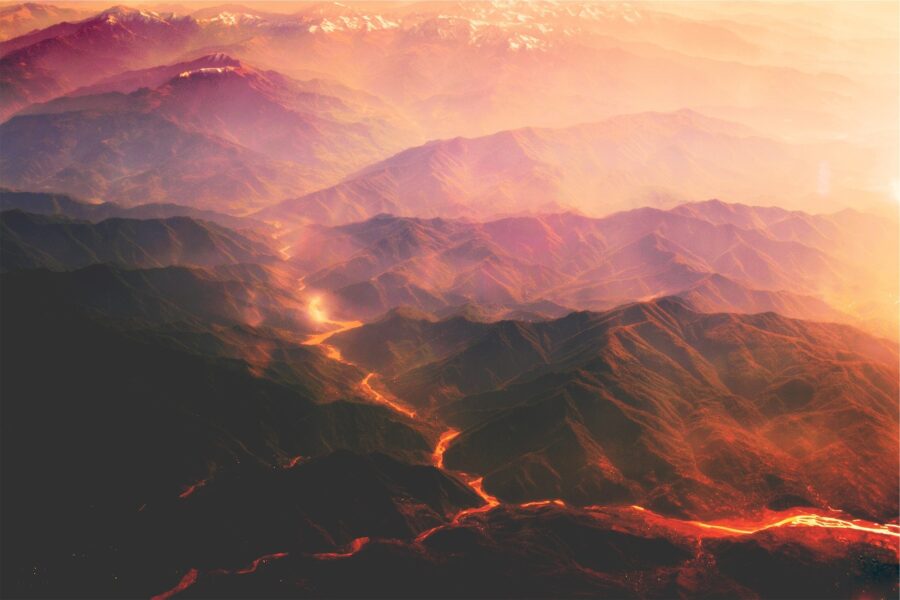
Jupiter’s moon Io is the third-largest moon of Jupiter and the fourth-largest moon in the Solar System, and as recent research suggests, it’s also the most volcanically active body in the Solar System, with more than 200 active volcanos on its surface. According to Space, the data about the moon’s volcanic activity was compiled using the data from NASA’s Juno probe, which now gives us the first charted map of Io’s surface.
Hundreds Of Active Volcanoes
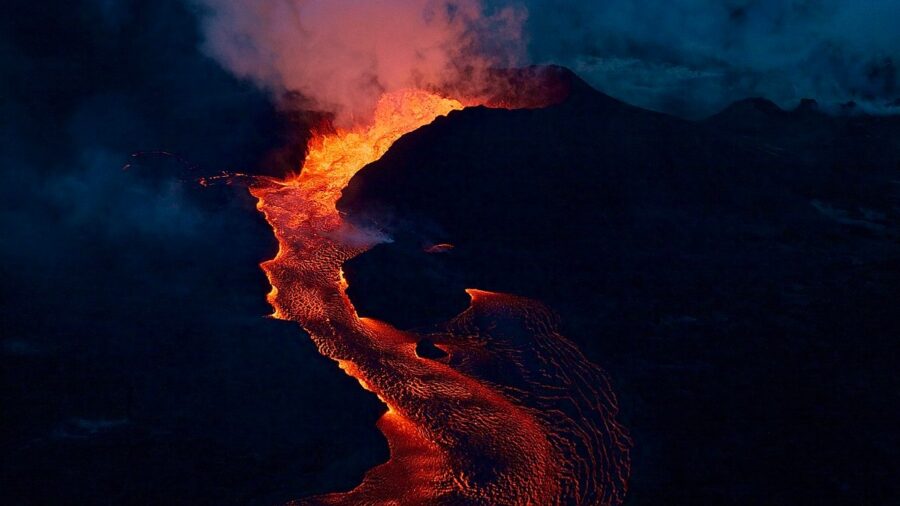
It’s also suggested that Io may have a global ocean of magma underneath its surface, mysteriously warm poles, and approximately 266 active volcanos, some of which burst with plumes that rise up to more than 300 miles above the moon’s surface. Previous research found extreme levels of heat on Io due to the friction caused by Io’s rock formation, which results from tidal forces caused by Jupiter. In other words, while our moon causes the tides in our oceans, the heat on Io is generated by the friction caused by the “tides” in the rock formations, most likely caused by Jupiter.
Mapping Io With Juno
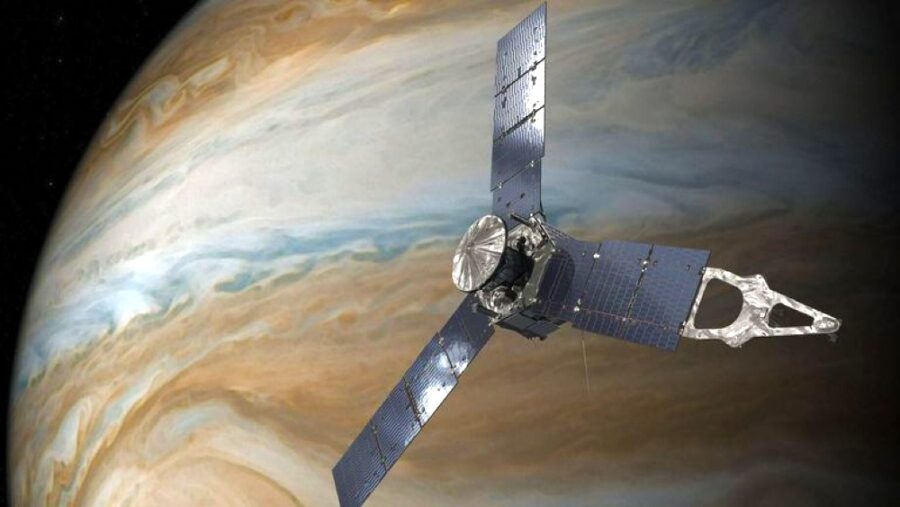
This could possibly explain the extreme volcanic activity on the planet, as its mechanics reflect the way in which heat is flowing throughout the moon itself. However, the scientists lacked a full map of Io’s volcanic activity as they had access to limited data regarding Io’s poles. This has been rectified by the Juno probe, which is currently orbiting Jupiter, with planned and scheduled flybys of Io as part of its extended mission. In fact, a total of 11 flybys of Io were planned at the beginning of the mission—this also includes flybys that charted a map of Io’s volcanos.
Oceans Of Magma
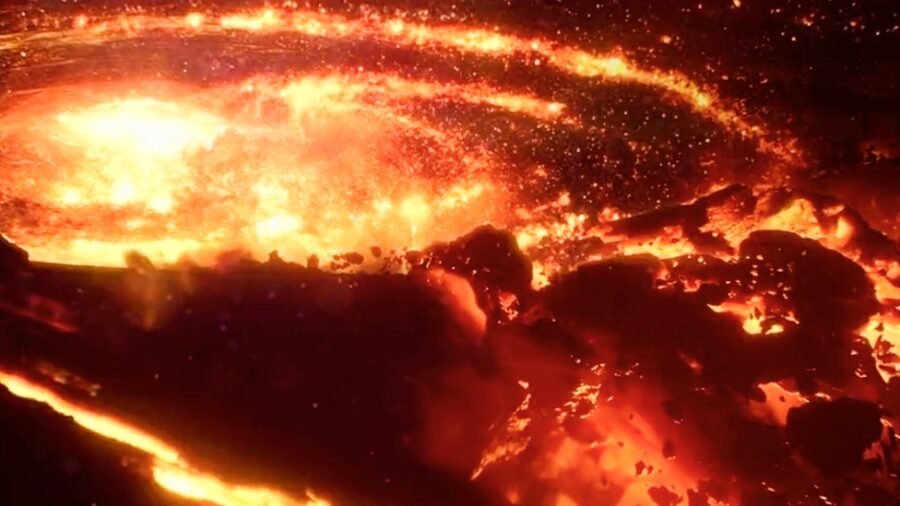
Among the most interesting facts about Io volcanos is their concentration on the moon’s surface. The number of volcanos on the poles is roughly the same as elsewhere on Io, but the new research also suggests that those volcanoes emit less than half the energy. With this new data as input, the resulting computer model suggests that Io could have a global magma ocean underneath its surface and that the tidal heating generated by the moon’s proximity to Jupiter is actually concentrated in Io’s upper mantle.
Io’s Puzzling Poles
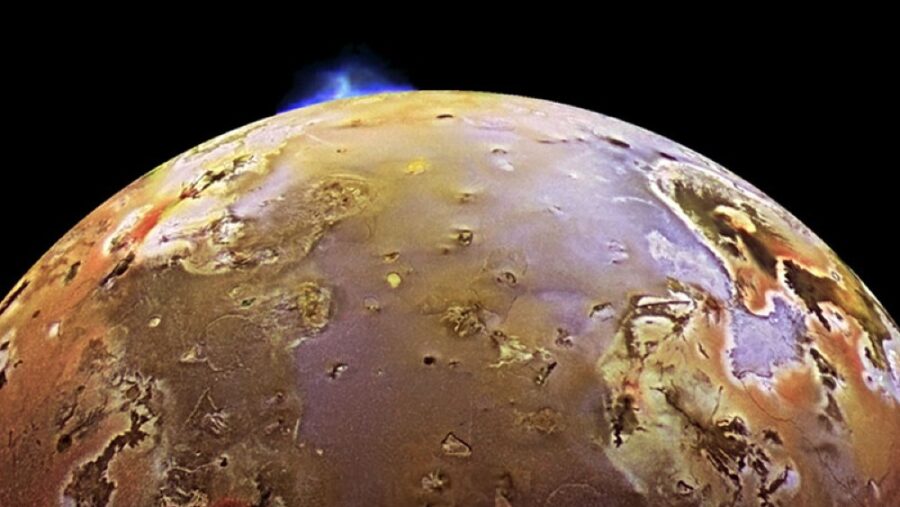
Io’s warm poles are also quite an interesting phenomenon, as we can still only speculate on the thermal activities going on in those areas. There’s still no consensus as to why the poles are warm, but the leading theory suggests that some properties of Io’s surface could be retaining heat from the sun more at the poles. Another theory suggests that the poles are warmer because there’s more heat reaching the surface at the poles from deep within the Jovian moon. However, it could also have something to do with Io’s volcanos.
Why The North Pole Volcanoes Might Be More Active
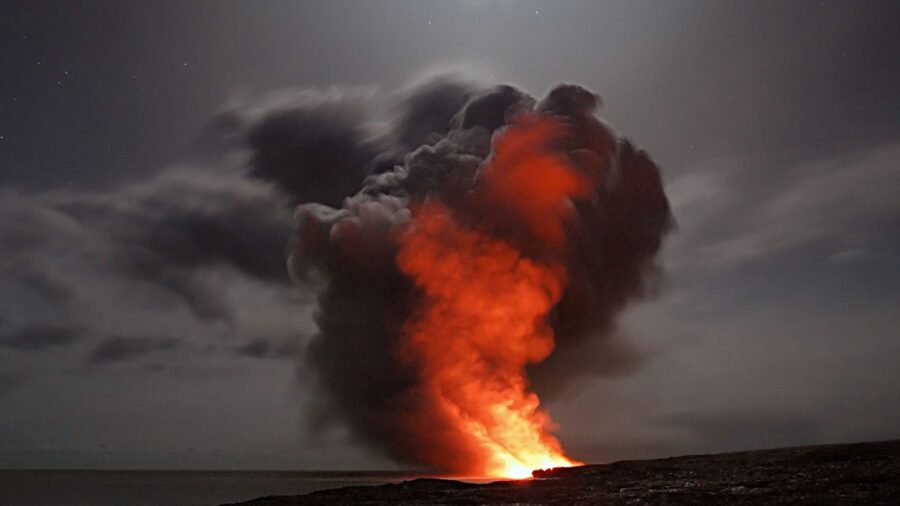
Based on the mapped data, the researchers have concluded that Io’s volcanos on the north pole of the moon are more than twice as energetic as those located in the south. The exact cause for this still remains uncertain, but it’s possible that the crust on the south pole is thicker compared to the north, which makes it harder for magma to reach the surface and erupt.












